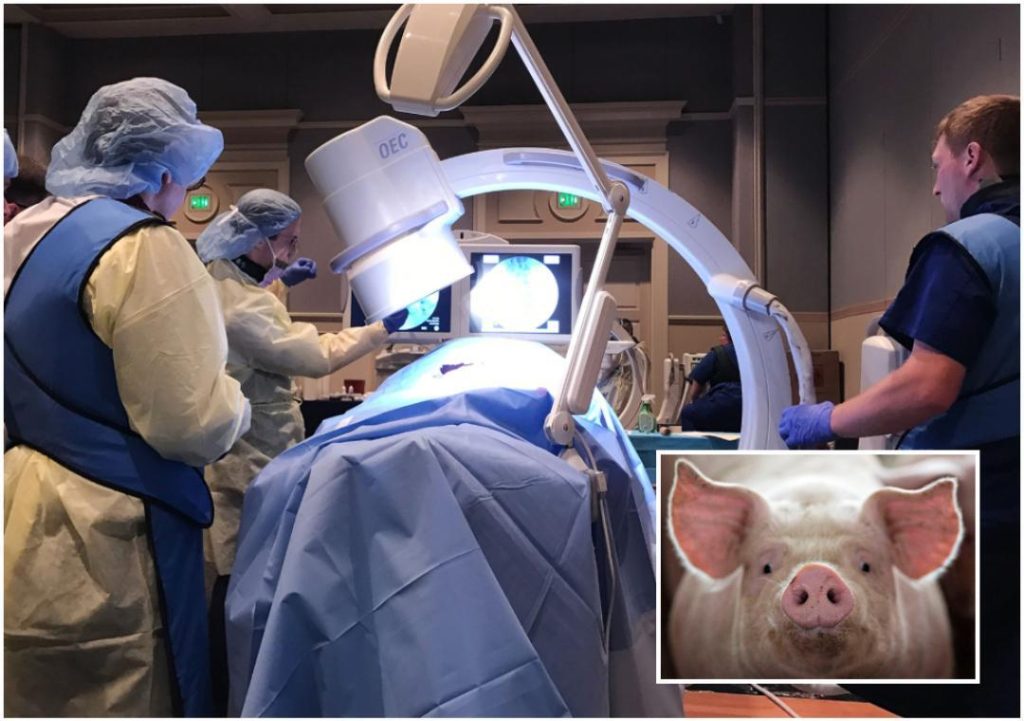
US Man Becomes 2nd Person Known to be Living with Pig Kidney
In a groundbreaking medical breakthrough, a 66-year-old man from New Hampshire, USA, has become the second person known to live with a pig kidney transplant. Tim Andrews, who received the pig kidney on January 25, is now free from dialysis and recovering well, according to the Associated Press.
Andrews had been struggling with kidney failure for the past two years, and his condition had reached a critical point, leaving him with limited options. However, thanks to the innovative medical procedure, he is now on the road to recovery and can look forward to a healthier future.
The pig kidney transplant is a significant development in the field of organ transplantation, as it paves the way for the use of xenotransplantation, or the transplantation of organs from one species to another. This breakthrough has the potential to revolutionize the way we treat patients with end-stage kidney disease, as it could provide them with a new source of kidneys.
The first successful pig kidney transplant was performed in 2020, when a 57-year-old man received a pig kidney in a groundbreaking procedure. However, the recipient died just a few days after the surgery due to complications. The success of Andrews’ transplant is a significant milestone, as it proves that the procedure can be successfully performed and that the recipient can recover well.
Andrews’ transplant was performed at the University of Maryland Medical Center, where a team of doctors and surgeons worked together to remove the pig kidney and attach it to Andrews’ blood vessels. The recipient is now able to live a normal life, free from the need for dialysis, and is expected to continue to recover in the coming weeks.
The use of pig kidneys for transplantation is not a new concept, but it has faced several challenges in the past. One of the main concerns has been the risk of rejection, as the pig immune system is different from that of humans. In addition, there is also a risk of transmission of diseases, such as porcine endogenous retrovirus (PERV), which could potentially harm the recipient.
However, researchers have been working to address these concerns and have developed new technologies and techniques to minimize the risk of rejection and disease transmission. For example, researchers have developed a new type of pig kidney that is genetically modified to reduce the risk of rejection. They have also developed new immunosuppressive drugs that can help to prevent rejection.
The success of Andrews’ transplant is a significant step forward in the development of xenotransplantation, and it has the potential to revolutionize the way we treat patients with end-stage kidney disease. It could also provide new hope for patients who are waiting for a kidney transplant, as it could provide them with a new source of organs.
In conclusion, the successful transplant of a pig kidney into a human is a groundbreaking achievement that has the potential to revolutionize the field of organ transplantation. The success of Andrews’ transplant is a significant milestone, as it proves that the procedure can be successfully performed and that the recipient can recover well. As researchers continue to work on developing new technologies and techniques to improve the safety and efficacy of xenotransplantation, we can expect to see more breakthroughs in the years to come.
Source:






